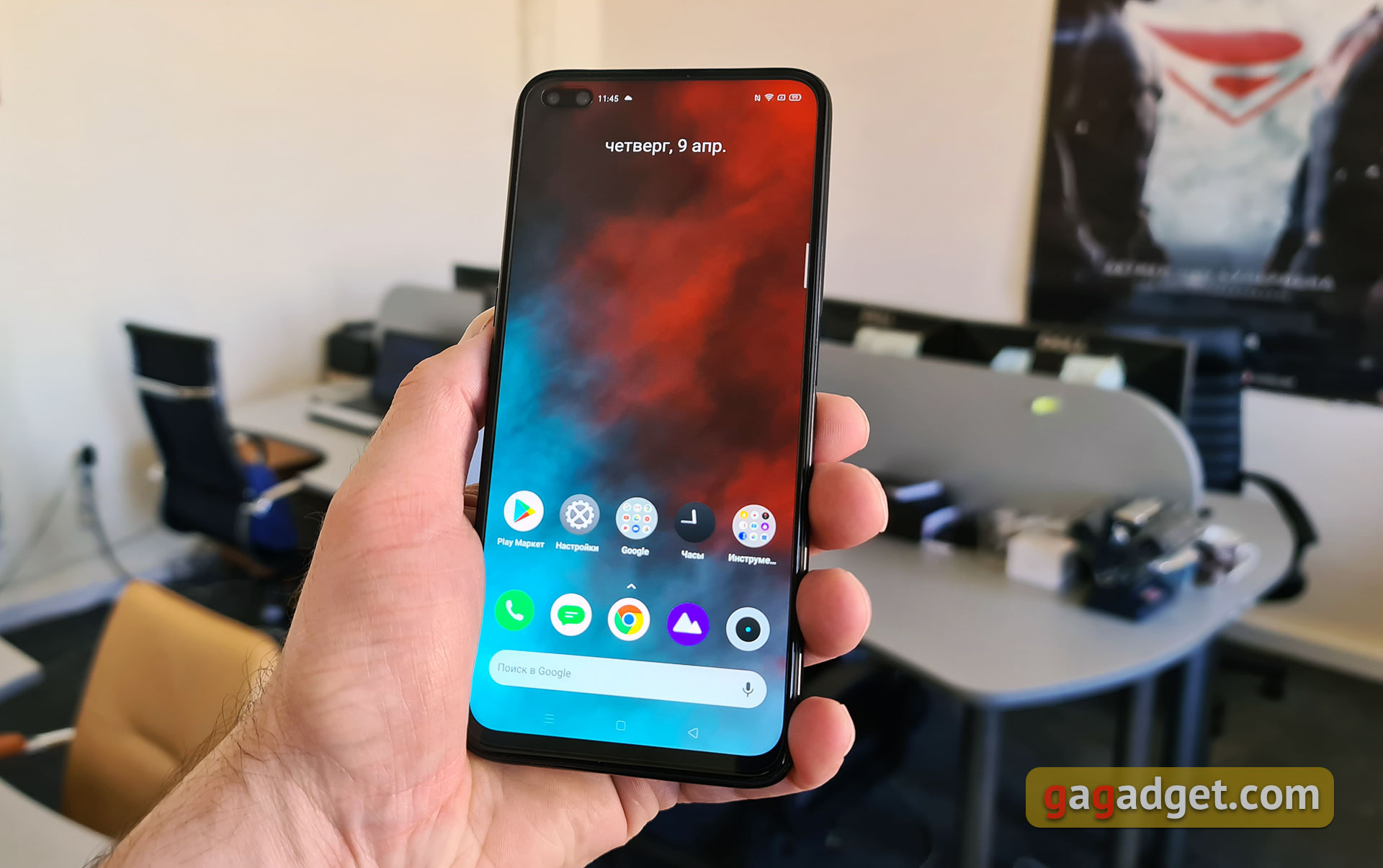
</ img>
Just a month has passed since the launch of the realme brand in Ukraine, four models of different price points arrived first
- What is it?
- What is included?
- What does realme 6 Pro look like?
- How good is the screen?
- What are the unlock methods?
- What about performance, memory, sound and autonomy?
- What about the interface?
- How good are the cameras?
- In the dry residue
What is it?
realme 6 Pro - mid-price smartphonesegment with a 6.6-inch IPS display, a new Snapdragon processor, 6 GB of RAM, a 64 MP main quad camera, an NFC module for contactless payment and fast charging. Among the interesting features, it is worth noting that the screen on the smartphone supports a refresh rate of 90 Hz. I’m glad that such screens are already installed not only in flagship smartphones. The screen takes up just over 90% of the front panel and has a cutout for a 16MP + 8MP dual selfie camera. The rear camera includes a main module with a resolution of 64 MP, it is complemented by an 8-megapixel wide-angle with a viewing angle of 119°, a 12-megapixel telephoto with digital zoom up to 20x and a 2-megapixel macro lens with a focal length of 4 cm. A fresh Qualcomm processor is installed inside. Snapdragon 720G mid-range from the gaming line with Elite Gaming features. It is built on an 8nm process technology and uses Kryo 465 cores in a big.LITTLE configuration. RAM 8 GB RAM, built-in 128 GB, there is a separate slot for MicroSD memory cards. The autonomy of the device is ensured by a 4300 mAh battery with a USB-C port and fast charging VOOC Flash Charge at 30 W.
</ p>What is included?

</ img>
realme “refreshed” packagingtheir smartphones and now all new models will be delivered in these orange boxes with a minimum of printing. There is everything you need inside. In addition to the smartphone, the box contained a 30 W charger, a USB Type-C cable, a paper clip for removing the tray, a transparent silicone bumper and documentation. A protective film is immediately glued to the screen.
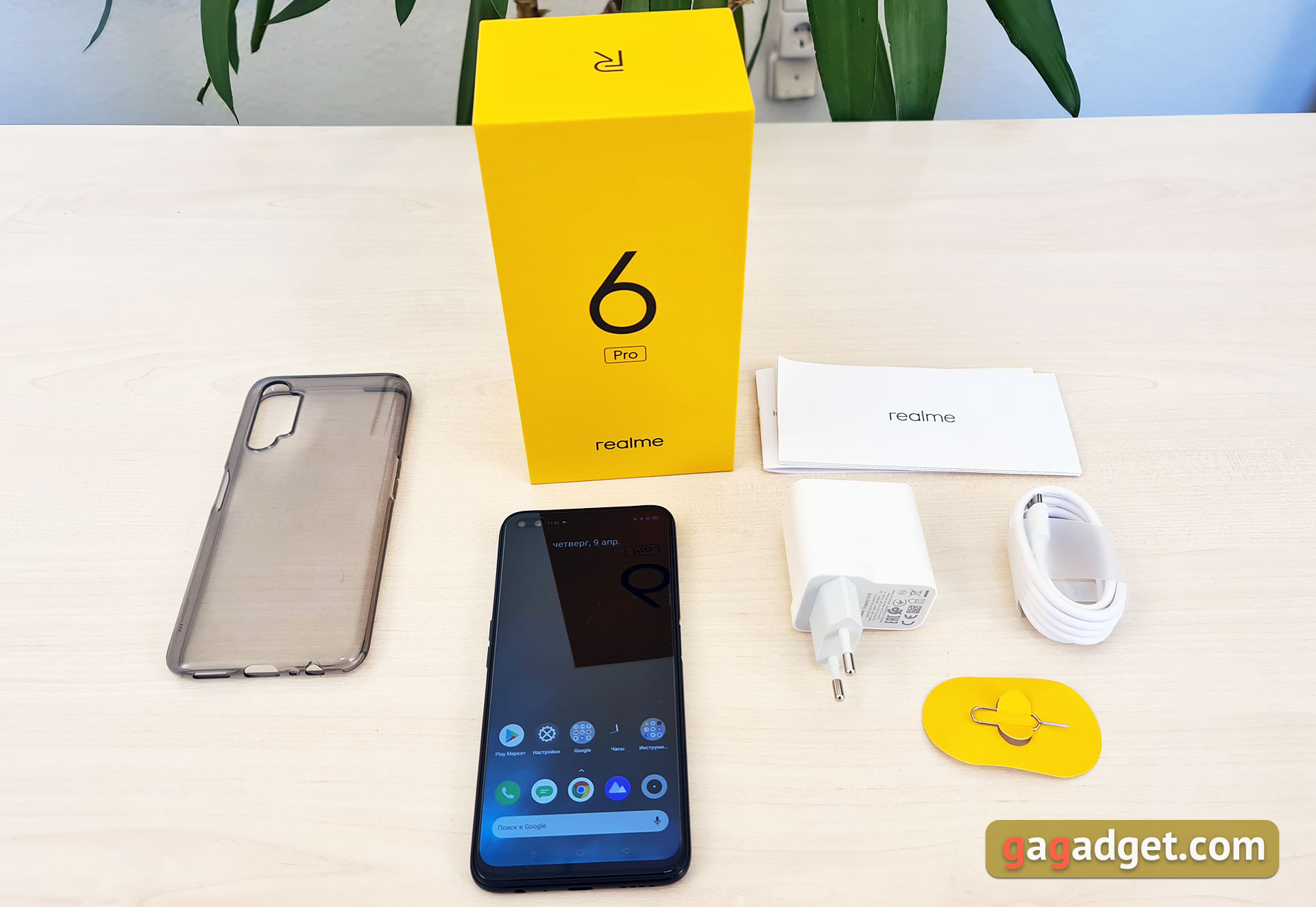
</ img>

</ img>


What does realme 6 Pro look like?
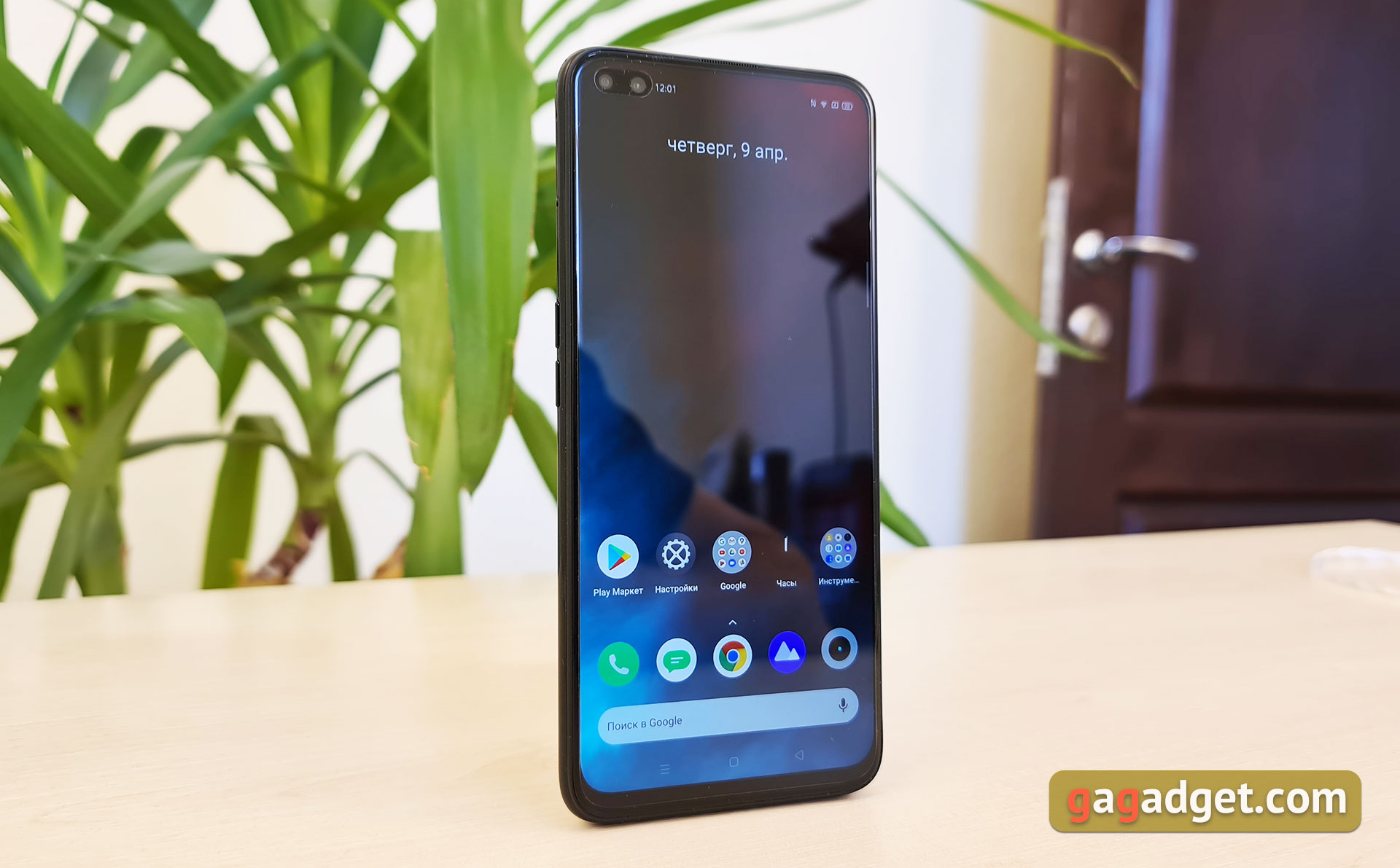
</ img>
Now it is extremely difficult to come up with something regardingappearance of the front panel of the smartphone and they are all more or less similar to each other. The main differences lie in the implementation of the front camera, the size of the frames and, in some cases, the lateral curves of the screen. The frames around the perimeter of the realme 6 Pro screen are small, and above it is the earpiece grille. And the dual front camera is located in a rather large hole on the left side of the screen. Samsung was the first to use such a solution in last year’s flagship Galaxy S10+. The decision is controversial and depends solely on taste: I personally like this solution better than the “unibrow”, but I think retractable options are optimal. But, let me emphasize once again: this is a matter of taste.

</ img>
The frame is made of plastic and painted in blackglossy color. Everything is standard in form: it is streamlined and smoothly passes into the back of the smartphone. On the right side is the power button, which is combined with a fingerprint scanner:

</ img>
Separate power buttons on the oppositeside. In general, the buttons (both power and volume) are at a good height and there are no problems with their use. On the same edge is the tray.

</ img>
In realme 6 Pro it is not hybrid: you can install two SIM-cards and a memory card without having to deny yourself anything.

</ img>
Below everything is standard: USB Type-C, speaker, microphone and standard 3.5 mm headphone jack.

</ img>
On the top face - only an additional microphone.

</ img>
Perhaps the most interesting solution in terms ofappearance - this is the back of the smartphone. It is made of glass and has an interesting iridescent pattern in the form of a stylized zipper. A red version came to us and it looks really very bright.

</ img>
The main quad camera protrudes noticeably above the body, which is generally not news: this is how cameras look on most modern smartphones. “Being treated” this is using a bumper.

</ img>
How good is the screen?
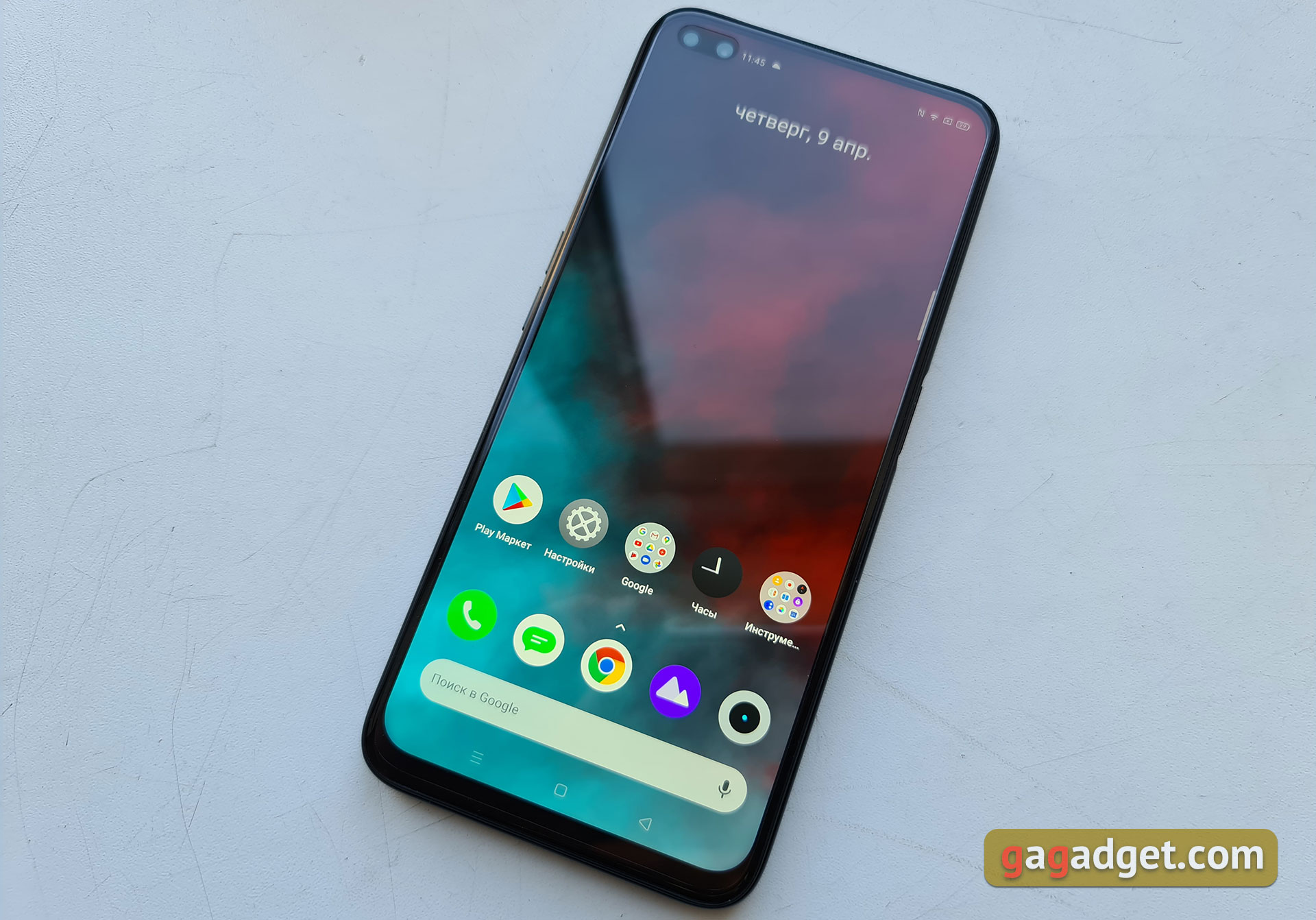
</ img>
The smartphone has an IPS display with a diagonal of 6.6 inches and an aspect ratio of 20:9. Resolution - FullHD+, namely - 2400×1080. Pixel density is 399 ppi. The screen supports a refresh rate of 90 Hz, which is very pleasing, because the smartphone does not belong to the top segment. There is auto-switching between 60 and 90 Hz, or fixed values. The interface, lists and applications look great at 90 Hz, so there is no desire to switch to 60 Hz at all. Although, as I understand it, not all third-party applications work at 90 Hz. In the settings (in addition to brightness and frequency), you can adjust the scale, font size, dark theme, 2 display modes (bright colors and “tenderness”, in fact - just more natural colors) and the mysterious function “visual effect” OSIE”. Apparently, it should somehow improve the picture when viewing content, but in reality I still didn’t understand the difference.

</ img>

</ img>

</ img>

</ img>




The screen is not a record holder for brightness (althoughin the sun the information remains readable), but it is very good in terms of picture quality. Measurements showed that in bright mode the maximum brightness was 395.528 cd/m², the black field brightness was 0.423 cd/m², and the static contrast was 935:1. The screen shifts slightly into cool shades, and the average color error ΔE is 4.07:

</ img>

</ img>

</ img>

</ img>

</ img>





In “gentle” mode the maximum brightness is slightly lower: 385.703 cd/m², but the color rendition is very close to the reference values, and the color gamut is close to sRGB:

</ img>

</ img>

</ img>
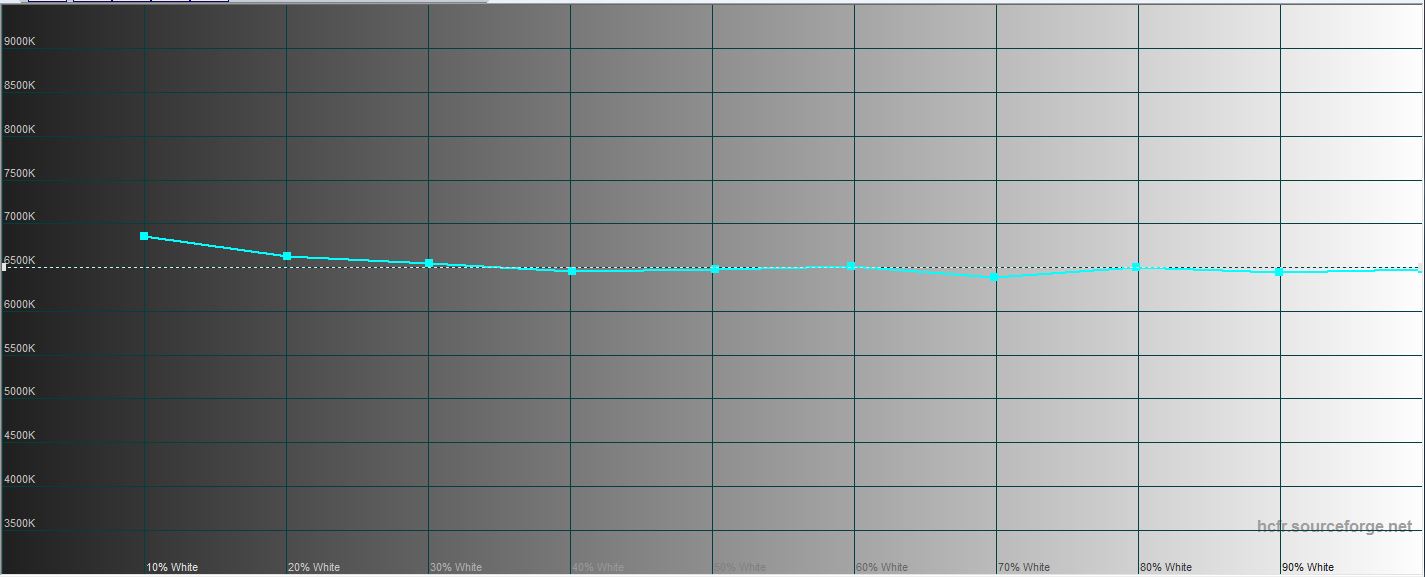
</ img>

</ img>





Comparison with other models:
Device name
White field brightness,
cd / m2
The brightness of the black field,
cd / m2
Contrast
realme 6 pro
395.528
0.423
935:1
Huawei P40 Lite
302.547
0.326
928:1
Nokia 4.2
333.087
0.283
1177:1
ASUS ZenFone 6
444.896
0.446
998:1
Huawei P30 Lite
336.681
0.493
683:1
Sony Xperia 10 Plus
509.3
0.513
993:1
What are the unlock methods?

</ img>
Set for biometric identification of the ownerstandard, no surprises. Face recognition using the front camera and a fingerprint scanner in the power button. Face recognition works pretty fast with enough light. The finger scanner works quickly and accurately.

</ img>

</ img>

</ img>



What about performance, memory, sound and autonomy?
The smartphone has a fresh Qualcomm processorSnapdragon 720G, which was introduced at the beginning of the year. This is a mid-price segment solution with a focus on the gaming component and “chips” Qualcomm Snapdragon Elite Gaming, including HDR gaming, aptX adaptive support (reducing signal latency), system optimization, Vulkan 1.1 API support, and so on. Qualcomm Snapdragon 720G is produced using an 8-nm process technology and includes two Kryo 465 Gold cores at 2.3 GHz and six Kryo 465 Silver at 1.8 GHz, the Adreno 618 accelerator is responsible for graphics. RAM - 8 GB LPDDR4x, built-in - 128 GB UFS 2.1 . In performance tests, the smartphone demonstrates results that correspond to the middle price segment; in real conditions, there are no performance problems: applications launch quickly and work vigorously.

</ img>

</ img>

</ img>

</ img>

</ img>

</ img>

</ img>

</ img>

</ img>

</ img>

</ img>

</ img>

</ img>

</ img>

</ img>

</ img>

</ img>

</ img>

</ img>

</ img>




















With modern games, realme 6 Pro reallycopes well: in PUBG and Call of Duty Mobile, high graphics settings are automatically set, although in CoD you can safely set higher in the settings, the system copes.

</ img>

</ img>

</ img>

</ img>

</ img>

</ img>

</ img>

</ img>








The game utility realme allows you to turn off notifications for the duration of the game and enable enhanced performance mode:

</ img>

</ img>

</ img>



CPU Throttling Test showed that the processor has no problems with overheating. With a long load, performance can drop up to 95%, which is quite normal.

</ img>
Everything is fine on the wireless interfaces:There is dual-band Wi-Fi 802.11 a/b/g/n/ac 2.4 GHz and 5 GHz, Bluetooth 5.1 LE, FM, global positioning systems GPS, GLONASS, Beidou, NavIC are supported. There is NFC for contactless payment using Google Pay. In terms of audio capabilities, the smartphone has no revelations: there is only one speaker, but it sounds quite good. There is a headphone jack, but the quality is typical smartphone quality, which will be enough for a not-so-sophisticated listener.
The smartphone is powered by a 4300 mAh battery.The capacity is not a record, but quite decent. Moreover, there is a nice bonus in the form of fast 30-watt charging, which fully charges the smartphone in an hour. Of course, it uses its own VOOC standard, but also supports the PowerDelivery standard up to 15 W. The smartphone turned out to be quite “tenacious” and with everyday use you can count on one and a half to two days. If you don't spend hours playing games.

</ img>
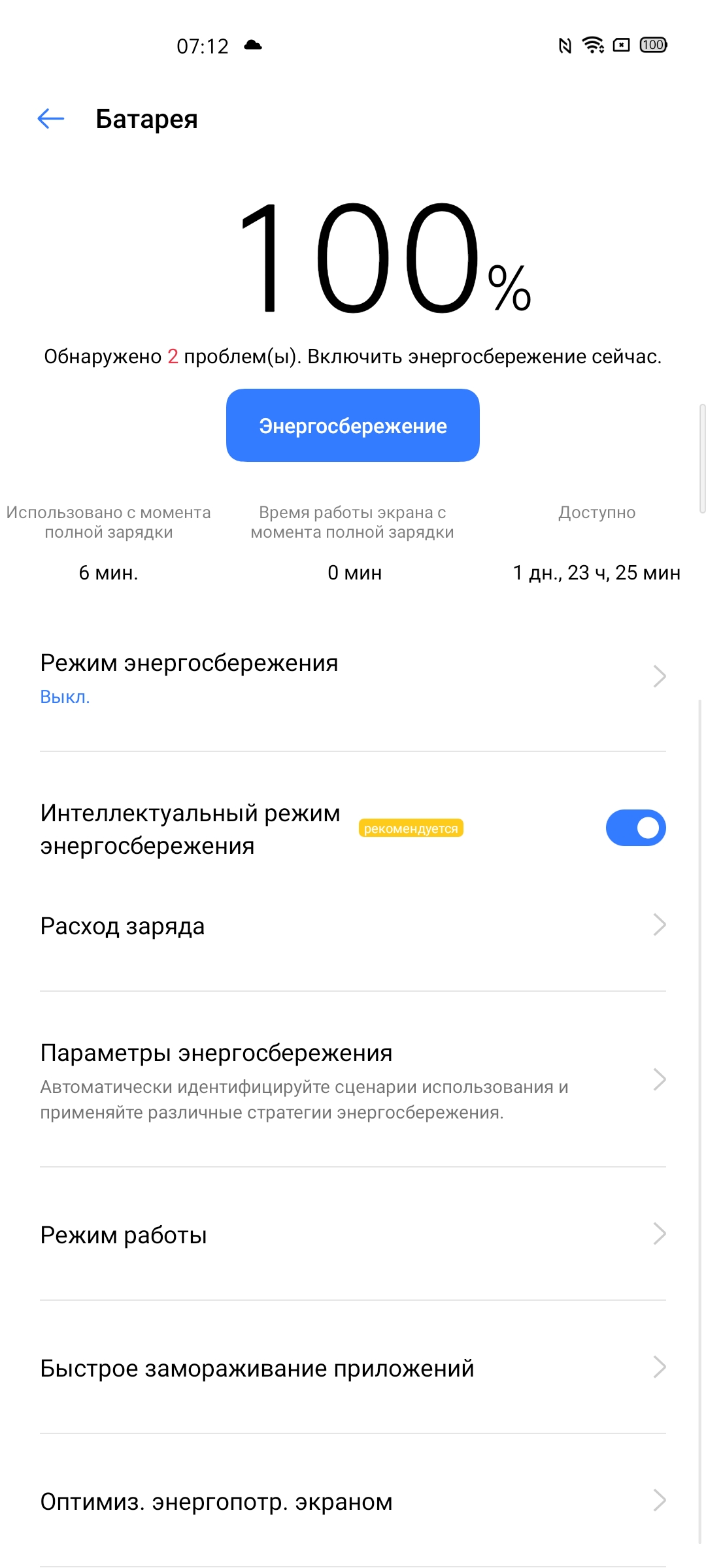
</ img>

</ img>

</ img>

</ img>





What about the interface?

</ img>

</ img>


All new realme smartphones run on the latestversion of Android 10 with realme UI 1.0 shell. In fact, it is close to Color OS, which is used in OPPO smartphones and was present in the realme X2 Pro. According to personal impressions, Realme UI 1.0 looks neat and nice in terms of design and is closer to stock Android than Color OS. For example, the curtain looks completely standard. Options are available both with a separate application menu (for some reason called “drawer mode”), and with only desktops. The interface works quickly, there were no complaints during use.

</ img>

</ img>

</ img>

</ img>

</ img>

</ img>

</ img>







As before, there are various navigation optionsaccording to the system: 3 buttons, two-button option and full gesture control. There are also additional gestures for quickly launching various applications, taking screenshots and switching to dual-window mode. For ease of control, there is a reduced screen mode. The application manager has a standard card view with the ability to block certain applications.

</ img>

</ img>

</ img>

</ img>

</ img>

</ img>

</ img>

</ img>








Own applications at least, everything is just the mostRequired: file manager, voice recorder, phone manager, application for transferring data from smartphone to smartphone and the like. From the garbage in our sample there were only Yandex and Yandex Browser, which were immediately deleted without any questions.

</ img>

</ img>

</ img>
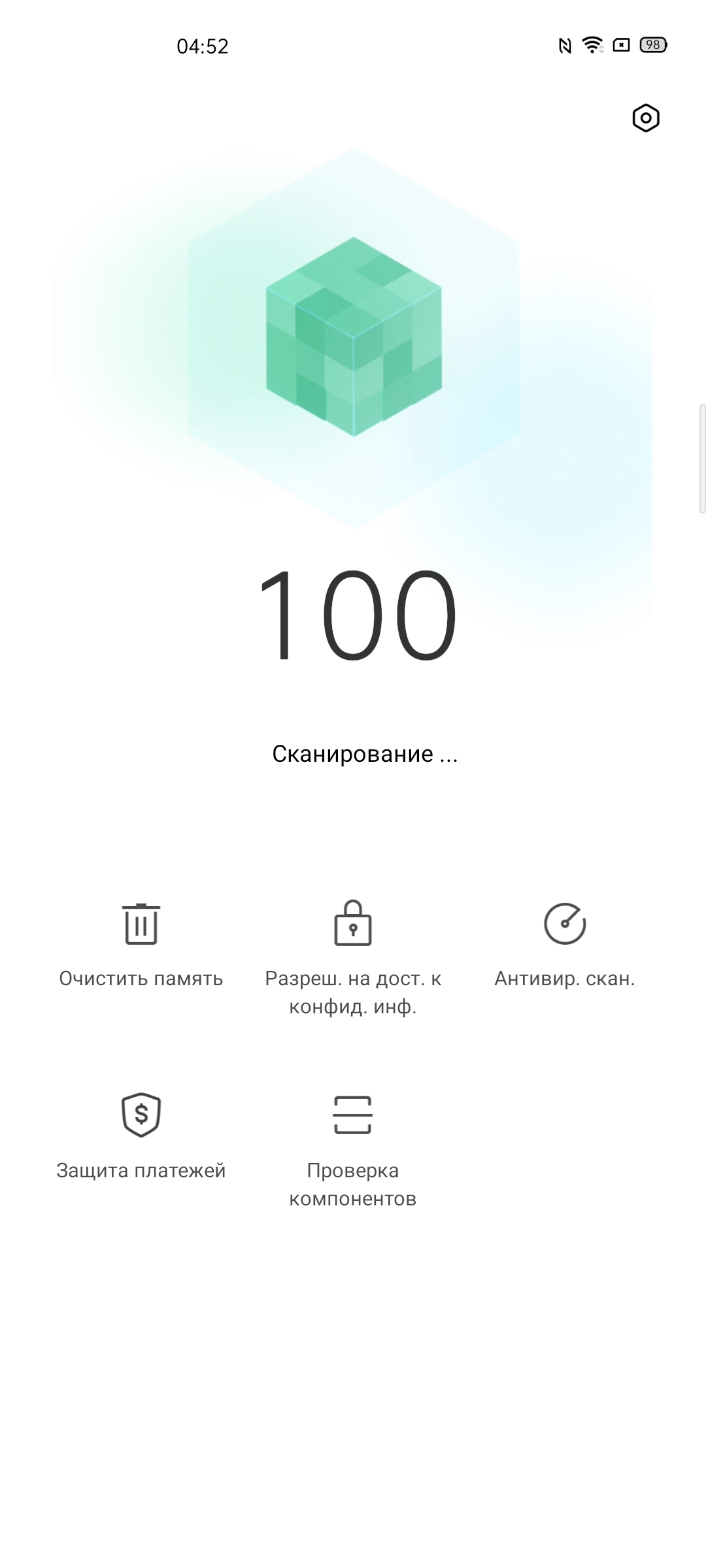
</ img>

</ img>

</ img>
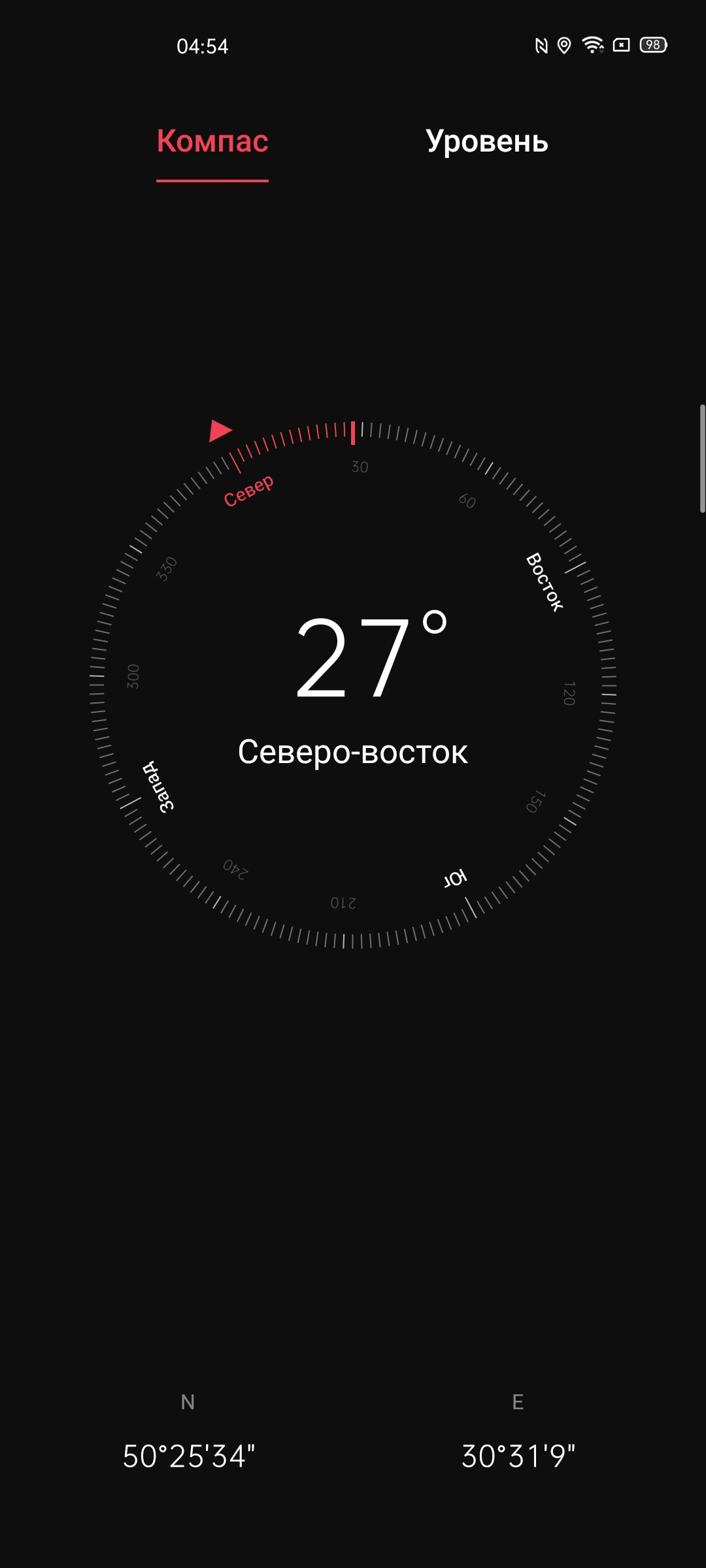
</ img>

</ img>








How good are the cameras?

</ img>
The smartphone has as many as 6 cameras:4 at the back and 2 at the front. The main quad camera uses a fairly standard set of modules for mid-segment smartphones. The main one is 64 megapixels (1/1.72″ 0.8µm) with f/1.8 aperture and phase detection autofocus, without optical stabilization. The Quad Bayer design is used and the camera takes 16 MP photos as standard, but there is a 64 MP mode. Additionally installed is a 12-megapixel telephoto module with f/2.5 aperture and PDAF to provide 2x zoom, an 8-megapixel ultra-wide-angle f/2.3 without autofocus and a 2-megapixel macro camera. The smartphone can shoot video up to 4K/30fps, stabilization is only in FullHD. There are 2 cameras on the front: main 16 MP f/2.1 + ultra-wide-angle 8 MP, f/2.2. For those who like to take selfies with a large group. I’m not sure that this additional module will be widely used and there was no urgent need for it. You could have left one and made a smaller neckline. But these are personal thoughts out loud. The camera app is a little different from Color OS. The scrolling list of modes includes all the essentials, including portrait, night modes and 64 MP. In the additional drop-down menu there is still manual mode, macro, accelerated, slow-motion and panorama.

</ img>

</ img>

</ img>

</ img>

</ img>

</ img>

</ img>







Pictures on the main camera are verypleasant, with good detail and a wide dynamic range. Color reproduction is predominantly natural, white balance is determined for the most part correctly. In conditions of insufficient lighting, everything is not so rosy and it feels like a smartphone is in the middle of the price segment: there are noticeable noises and the detail of pictures is falling. The originals can be found here.

</ img>

</ img>

</ img>

</ img>

</ img>

</ img>

</ img>

</ img>

</ img>

</ img>
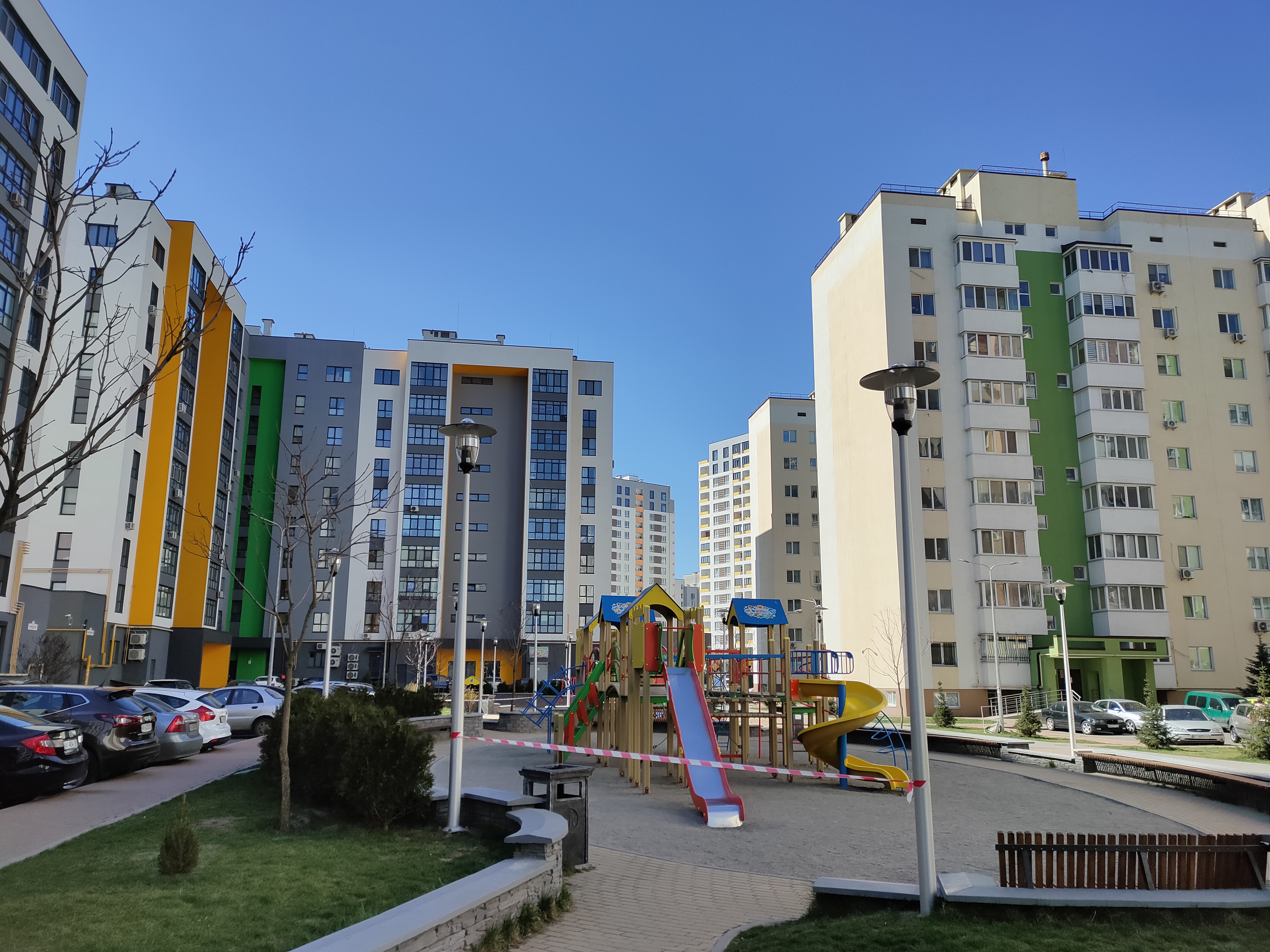
</ img>

</ img>

</ img>

</ img>

</ img>

</ img>

</ img>

</ img>

</ img>

</ img>

</ img>

</ img>

</ img>

</ img>

</ img>

</ img>

</ img>

</ img>

</ img>





























The ultra-wide-angle camera is at a typical level: in the afternoon it copes, in the evening without emphasis it will be extremely difficult to get a clear picture.

</ img>

</ img>

</ img>

</ img>
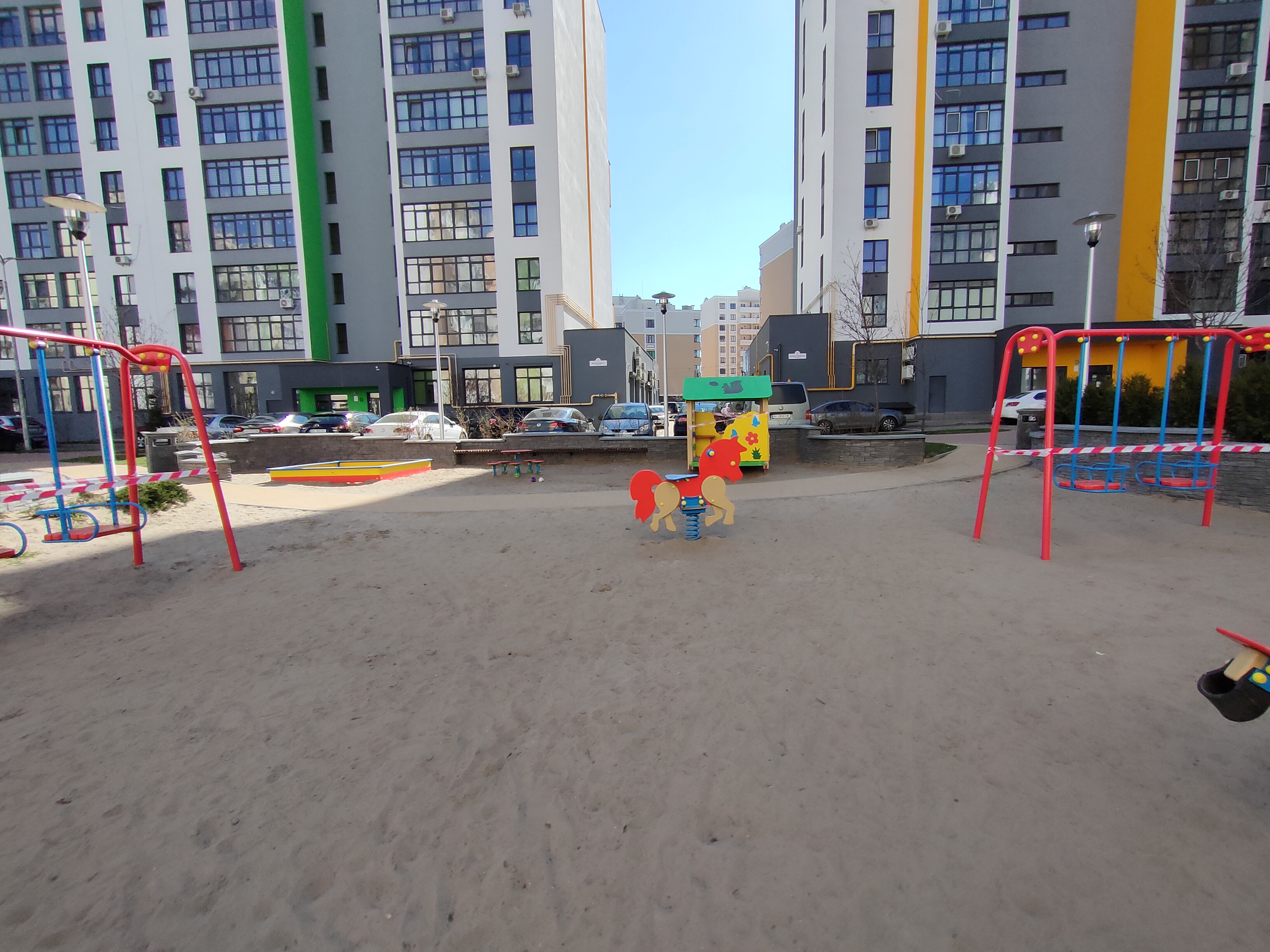
</ img>

</ img>

</ img>

</ img>

</ img>

</ img>

</ img>

</ img>

</ img>

</ img>

</ img>

</ img>
















The telephoto lens provides 2x magnification and does its job quite well. There is also a 5x zoom option. But this is already a digital increase:

</ img>

</ img>

</ img>

</ img>

</ img>

</ img>

</ img>

</ img>

</ img>
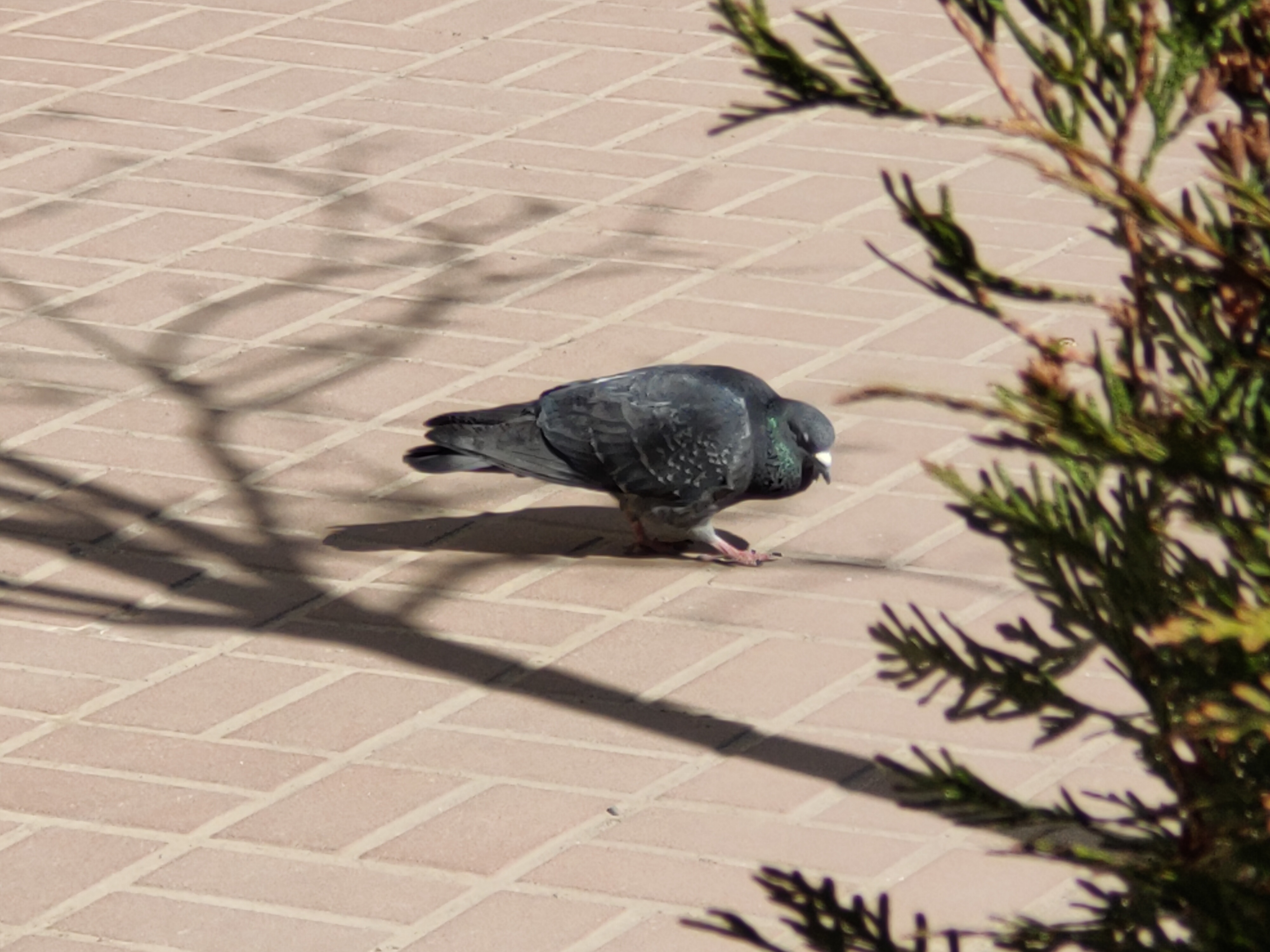
</ img>

</ img>

</ img>

</ img>

</ img>

</ img>

</ img>

</ img>
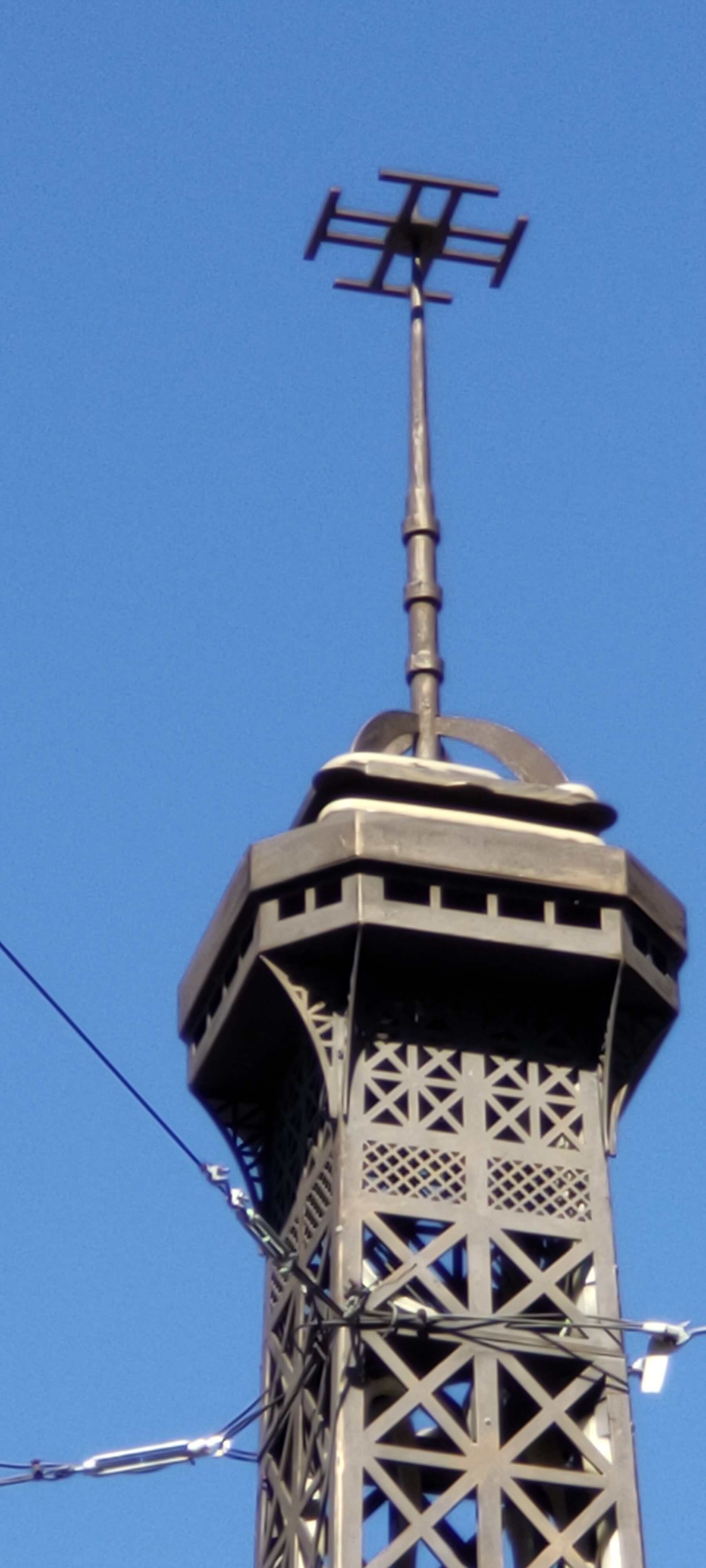
</ img>

</ img>

</ img>

</ img>

</ img>
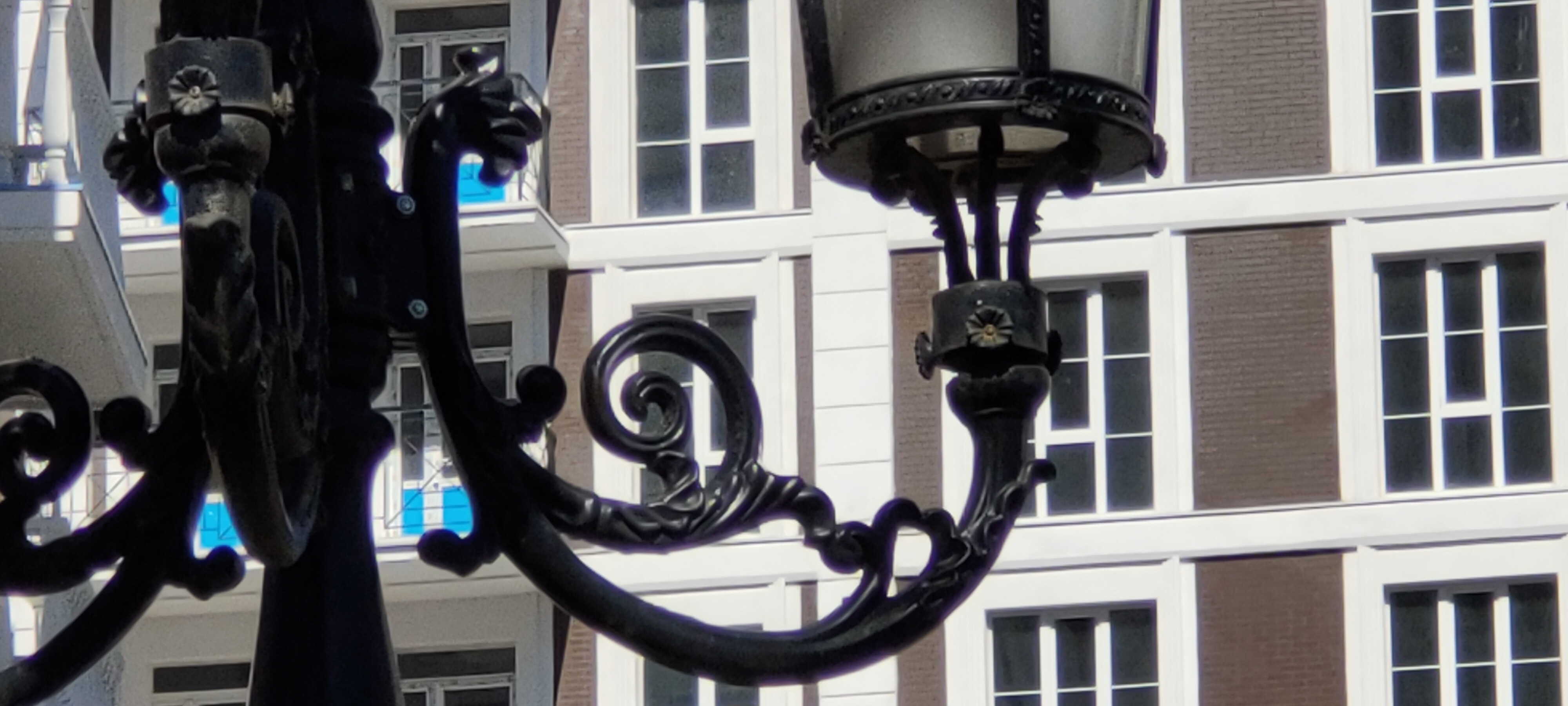
</ img>

</ img>

</ img>








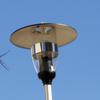
















The main selfie camera takes nice photos, the ultra-wide angle gives a generally less natural color reproduction.

</ img>

</ img>




Video stabilization only works in FullHD. The picture actually jerks less, but the detail also decreases somewhat:
</ p>In the dry residue
Competition is always good for the buyer.And competition in the mid-price range of smartphones is fierce. And realme smartphones look extremely tempting in this category. The hero of today's review, realme 6 Pro, turned out to be a very balanced smartphone. It has no problems with performance, it is equipped with a 90 Hz display with good color reproduction, a good set of cameras and a pleasant battery life complete with fast charging. It is equipped with all the necessary wireless interfaces, including NFC with support for Google Pay, and runs on the latest version of Android with a convenient, fast shell. Although it cannot be said that competitors have nothing to offer: the impressive hole in the screen is clearly not everyone’s cup of tea, and for the same price there are models with a retractable front camera. Yes, there are also models with an AMOLED screen (if you like them more). For example, Xiaomi Mi 9T is gradually disappearing from the shelves. realme 6 Pro will go on sale on April 18 for9000 UAH.
5 reasons to buy realme 6 Pro:
- display with good color rendering and refresh rate of 90 Hz;
- productive platform (in its price category);
- sound camera;
- fast and comfortable shell;
- Long battery life and fast charge.
2 reasons not to buy realme 6 Pro:
- you want a smartphone with an AMOLED screen;
- You don’t like smartphones with a cutout on the screen.
Realme 6 Pro
Mid-range Android smartphone with 6.A 6-inch IPS display, the new Snapdragon processor, 8 GB of RAM, a 64 MP main quad camera, an NFC module for contactless payment and fast charging.
Buy in Citrus

Technical specifications realme 6 Pro
Display
IPS, 6.6 inches, 2400×1080, 399 ppi, 90 Hz
Housing
dimensions: 163.8×75.8×8.9 mm, weight: 202 g
CPU
64-bit 8nm Qualcomm Snapdragon 720G: 2×2.3 GHz Kryo 465 Gold, 6×1.8 GHz Kryo 465 Silver, Adreno 618 GPU
RAM
8 GB
Flash memory
128 GB UFS 2.1 + MicroSD
Camera
64 MP (1/1.72″ 0.8µm) with f/1 aperture.8, PDAF + 12 MP telephoto, f/2.5, 2x zoom, PDAF + 8 MP ultra-wide angle f/2.2 + 2 macro, video 2160p@30fps; front camera: 16 MP f/2.1 + ultra-wide-angle 8 MP, f/2.2
Wireless technology
Wi-Fi 802.11 a/b/g/n/ac (dual band, 2.4 and 5 GHz), Bluetooth 5.1 LE, NFC, FM
GPS
GPS, A-GPS, GLONASS, BDS, GALILEO
Battery
4300 mAh, non-removable, 30 W fast charging
operating system
Android 10 + realme UI 1.0
Sim card
2xNanoSIM
For those that want to know more:
- Realme 5 Pro review: an inexpensive smartphone with a quad camera and a daring design
- Realme X2 Pro review: 90 Hz screen, Snapdragon 855+ and lightning fast charging
- Huawei P40 Lite review: the first Huawei AG-smartphone in Ukraine
- Samsung Galaxy S10 Lite review: flagship at the minimum
- Samsung Galaxy A71 review: potential mid-range bestseller
- Vivo V17 review: competitors, get moving!
Thank you
The editors would like to thank the Citrus online store for kindly providing the smartphone for review.